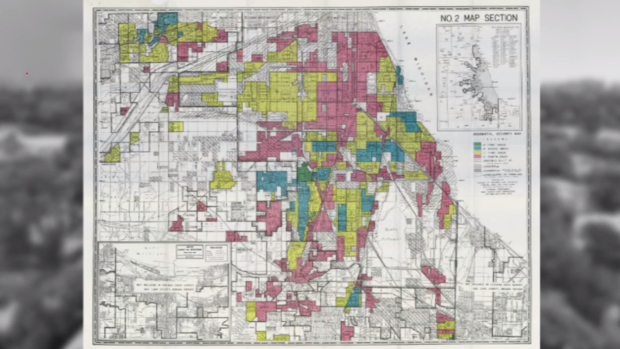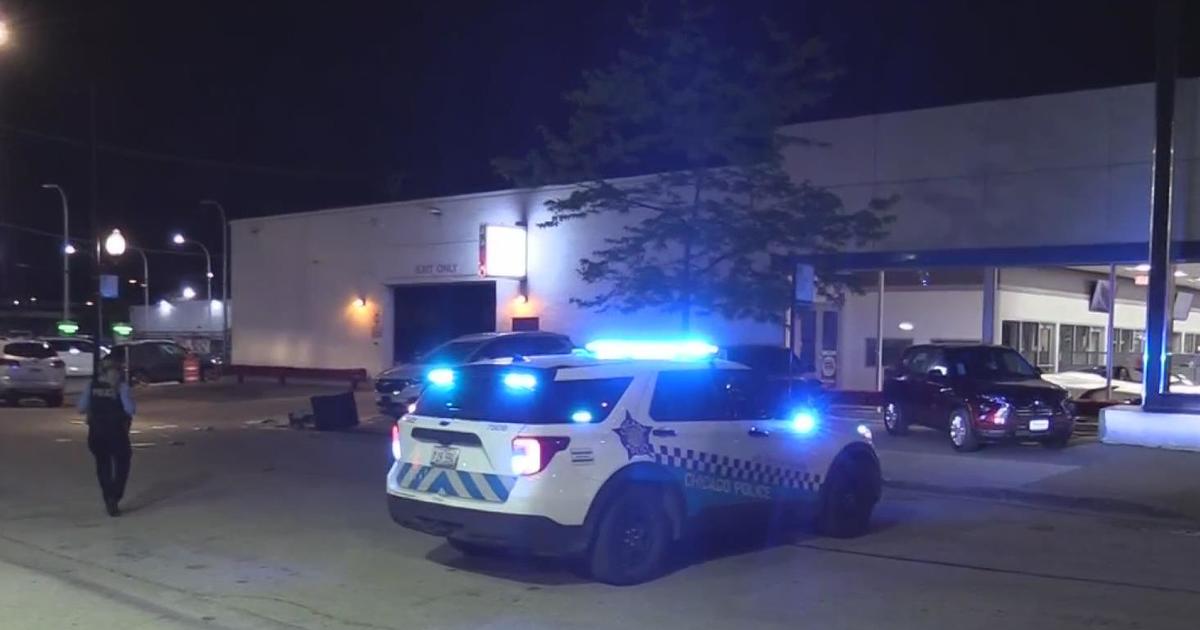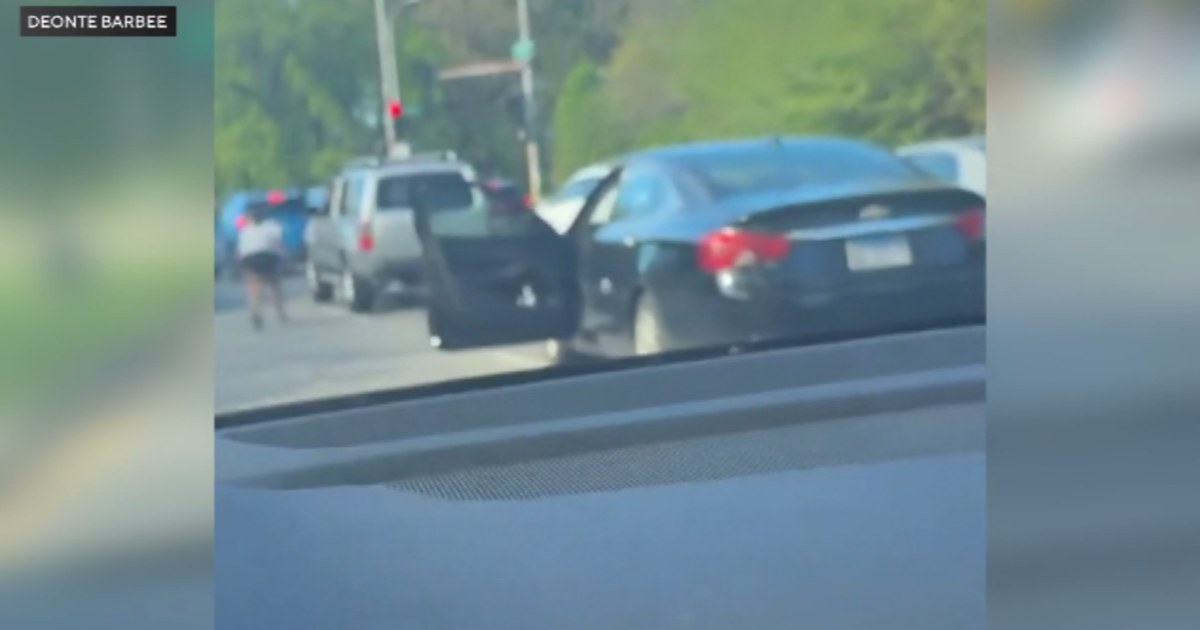How Chicagoans try to bridge the city's deep, persistent segregation
CHICAGO (CBS) -- Chicago is one of the most racially segregated cities in the country, and some historians call it the capital of America's segregation.
CBS 2's Audrina Sinclair reports on a new effort to get people to cross lines of division.
Two Chicagoans were recently grocery shopping in a neighborhood they never shop in or even visit. Local Market Foods in South Shore was where CBS 2 met up with North Siders Dario Durham and Sara Faddah.
"I would say the demographic switch was like super quick," Faddah said.
Durham added, "Yeah, as soon as you get into the South Shore neighborhood, it's way different,"
And that's why they were at the market, on a challenge to run errands in a neighborhood racially and economically different than their own. The South Shore couldn't be more different than Lincoln Park.
The unemployment rate is six times higher in South Shore. The median household income is about $92,000 less. And the amount of families living below the poverty level is almost three times as high.
Durham and Faddah saw first-hand how those disparities play out with an action kit created by the Folded Map Project and Tonika Lewis Johnson.
Sinclair: "You really want people to get out of their neighborhood and go somewhere else?"
Johnson: "Yes. Running errands in different neighborhoods is a way to put you in that neighborhood and observe everything, but also meet people who Chicago's segregation has kept you away from."
Joining Johnson was Sherman Dilla Thomas, who runs the "disrupting segregation" tours, which he started after garnering millions of views sharing Chicago's history on social media.
"Segregation starts as the law of the land," said Thomas. "And that lack of investment created generational wealth gaps in this city."
He wants Chicagoans to do the folded map action kit to explore the disinvestment and the differences.
Sinclair: "The last step is to share your experience to reflect on what you just did, and the first question is how is this neighborhood different than yours?"
Faddah: "Oh my gosh, in probably every single, yeah, every way."
She added, "Closed storefronts that you don't necessarily see in Lakeview and Lincoln Park."
"It's mainly African American, Black here," Durham said.
Faddah added, "A lot of older buildings that aren't maintained."
"The boundaries of Chicago, certainly, are very palpable," Thomas said.
So, how did Chicago become so segregated?
Carl Knightingale is the author of "Segregation: A Global History of Divided Cities."
Sinclair: "So why did you choose Chicago as a focus for your research for this book?"
Knightingale: "Because Chicago is the capital of American segregation."
He pointed to racially restrictive housing covenants in the early 1900s that barred Black people from buying, renting, or even occupying property in white neighborhoods. They were rules put in place as more Black families migrated to Chicago in the 1920s and 1930s, escaping the Jim Crow laws of the South.
And then there was redlining. An old map shows how Chicago was divided into colored zones. Green was good, but the red zones, like many on the South Side of Chicago, were deemed hazardous.
"Almost every Black neighborhood in the country was redlined, was put into the category red on these maps indicating that bankers and the federal government should avoid those areas for investment," Knightingale said.
Sinclair: "If we fast forward to 1968, the FHA was passed. It was supposed to make all these policies illegal, but what happened here?"
Knightingale: "The Fair Housing Act was a major victory of the civil rights movement. However, the federal government never ever invested money in enforcing that act. and as a result, segregation persists at very, very high levels in this country. We've seen a little decline in some places. Chicago remains one of the most segregated in the country."
As for Durham and Faddah, they were busy exploring the West Side for breakfast at Momentum Coffee, CBS 2 asked the North Siders and podcasters who share Chicago's history why they did the action kit.
"The problem that we face and the reason why this is good is because we don't have an honest conversation about what we actually know and see," Durham said.
Faddah added, "And if you love something, you are going to criticize, and you want to make it better."
The City of Chicago's Office of Equity and Racial Justice also teamed up on the project to help people learn about segregation. You can find more information on The Folded Map action kit.






